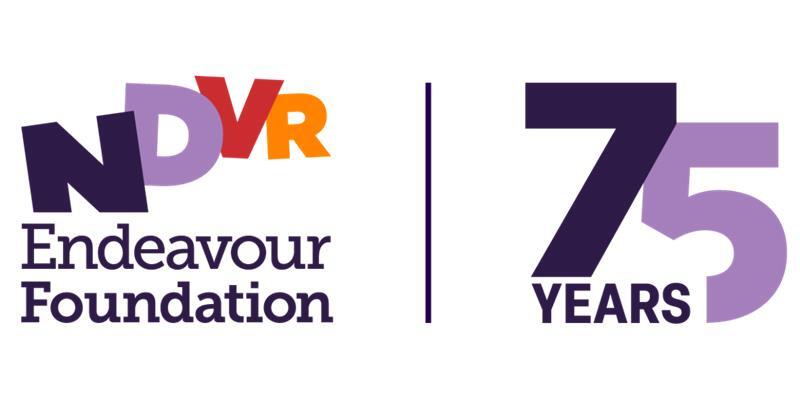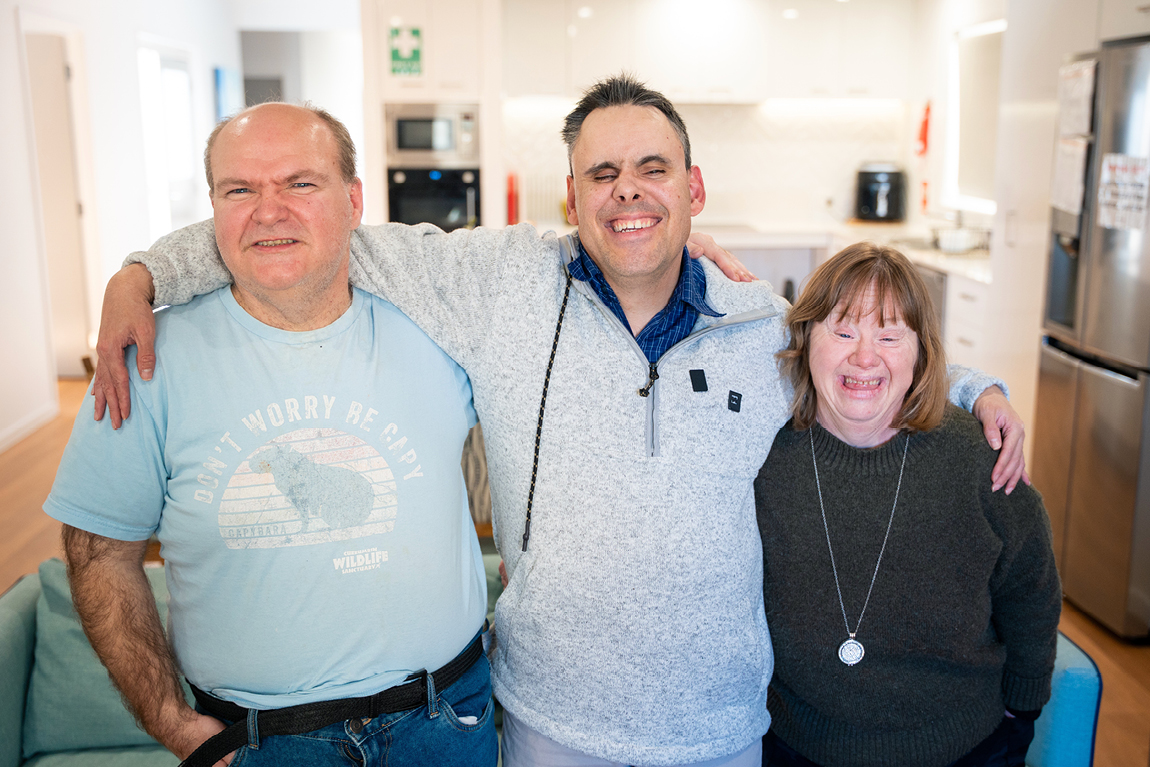Hooray, you’ve got an NDIS plan! And now you are an NDIS participant. It’s probably been a while in the making. You did the preparation, you met with your Planner, and now you’ve got funding for the supports you need. Now what? Read on as we take a look at your next steps.
1. Take the time to understand your plan
Let’s be frank - it may be confusing.
There’s a lot in there, and there’s a good chance some of it won’t make immediate sense. It’s important that you know what your plan means so you can do what’s best for you.
If you need help deciphering it, speak to someone in the know, this could be a friend, family member or possibly a service provider who knows you well.
2. Share your plan (if you want to)
Your NDIS plan is 100% yours.
You can choose who you share the details of your plan with. You do not have to share your plan with anyone if you don’t want to.
That said, most participants will share their plan with their family members and service providers to make sure they are getting the best support.
The easiest way to get your plan is to save and print it from the myplace Participant Portal.
3. Make sure you understand the different funding categories and what they can be used for
The NDIS provides funding to participants to purchase a range of supports which fall into three Support Purpose categories: core, capital and capacity building.
These categories are then divided into NDIS life domains– daily living, home, relationships, lifelong learning, work, social & community participation, health & well-being and choice and control. These domains help identify the different needs you have based on the different areas of your life.
The supports associated with the NDIS life domains fall into 15 support categories. You’ll notice that your plan is aligned to the support categories. This also helps make things easier to find in the NDIS Price Guide.
It’s important to understand the difference in the categories - especially if you are self-managing.
Here’s the breakdown of what that looks like.
Core
A core support is an activity that helps you in your everyday life. The biggest thing to remember with your core budget is that the funding is flexible across the four support categories.
| Support category (plan budgets) | Outcomes framework domain |
|---|---|
| 1. Assistance with daily life | Daily living |
| 2. Transport | Daily living |
| 3. Consumables | Daily living |
| 4. Assistance with social and community participation | Social and community participation |
Capital
A capital support provides funding for equipment, home or vehicle modifications.
The NDIS are very specific in what this funding can be used for. Capital funding is not flexible and must be used for what it is allocated for.
| Support category (plan budgets) | Outcomes framework domain |
|---|---|
| 5. Assistive technology | Daily living |
| 6. Home | Home |
Capacity Building
Think of capacity building as an activity that helps you learn new skills. This includes things like living independently, finding a job, or getting help with your NDIS plan.
Capacity building funding is flexible, but can only be used for services in the support category.
| Support category (plan budgets) | Outcomes framework domain |
|---|---|
| 7. Coordination of supports | Choice and control |
| 8. Improved living arrangements | Home |
| 9. Increased social and community participation | Social and community participation |
| 10. Finding and keeping a job | Work |
| 11. Improved relationships | Relationships |
| 12. Improved health and wellbeing | Health and wellbeing |
| 13. Improved learning | Lifelong learning |
| 14. Improved life choices | Choice and control |
| 15. Improved daily living skills | Daily living |
4. Think about what you want
Take an hour or two to think it through. You’ve seen the bottom line of your plan, now it’s up to you to think about how you might like to use those funds.
You have ultimate control over which services you purchase and who provides them. (This includes working with service providers to determine what is provided.)
5. Choose your service providers
It’s your choice which providers you choose to deliver the supports in your plan.
You have the right to feel respected by your chosen providers and you should feel free to raise questions and concerns with them. You can tell your providers how you would like to be communicated with and other things that are important to you when you are receiving supports.
If you have a Support Coordinator, it’s a good time to loop them in. They will be able to help you choose service providers.
6. Make agreements with your service providers
To receive services under the NDIS, you will need to fill out what is called a ‘Service Agreement’. This document should simply and clearly spell out how and when your supports will be delivered.
Service Agreements are different from your NDIS Plan. An NDIS Plan lists your supports, and your Service Agreement outlines how they will be delivered.
If you have a Support Coordinator, they will be able to help you through this process.
A couple of quick questions
What if I’m not happy with my plan?
If you think a decision about your plan is incorrect or unfair there is a course of action you can take. This is called a ‘review process’.
Do they stop paying my old supports?
Yes, your plan will state when it takes effect. From this date other government funding stops. This is another good reason to read and understand your plan when you get it and to choose service providers you want to deliver supports in your plan.
 Donate
Donate
 Lotteries
Lotteries




